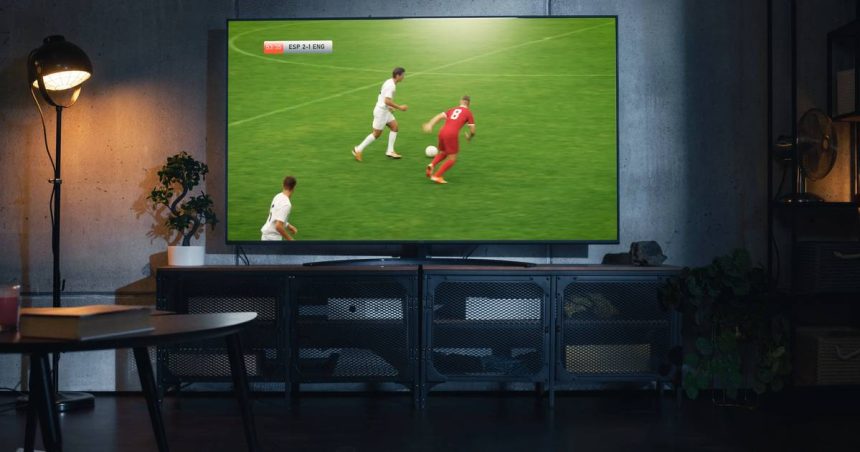Get marketing news you’ll actually want to read
The email newsletter guaranteed to bring you the latest stories shaping the marketing and advertising world, like only the Brew can.
Linear TV viewership officially dipped below 50% of total TV time last month, an all-time low, while time spent streaming TV in the US reached an all-time-high, according to new data from Nielsen.
The data underscores the business challenges media companies face as US viewers increasingly spend more time streaming and less time watching traditional television. TV titans are struggling to make money from streaming platforms, which require considerable programming costs, to offset losses from linear TV ratings declines and the continued erosion of the traditional cable bundle.
Stream on: In July, streaming reached nearly 39% of total TV usage, driven by viewership of dramas like Suits, children’s programming like Bluey, and streaming YouTube videos on television screens, Nielsen found. Year over year, streaming viewership has increased by a quarter, Nielsen said.
- Suits, available to watch on both Netflix and Peacock, accounted for nearly 18 billion combined viewing minutes in the month of July.
- The three most-watched streamers included YouTube, which accounted for 9.2% of total TV usage; Netflix, at 8.5%; and Hulu, at 3.6%.
Change the channel: Meanwhile, data under time spent on broadcast TV (20%) and time spent on cable (29.6%) each represented record low shares of total TV usage, Nielsen reported. Year over year, broadcast viewing was down 5.4%, and cable viewing was down 12.5%, Nielsen found.
The takeaway: Legacy media’s lucrative cable bundle business, long a cash cow for the industry, continues to shrink, making media companies’ forays into streaming crucial to figure out. As businesses look to cut costs and find a path to profitability, streamers are raising their prices and cracking down on password-sharing. Several are also exploring bringing more live sports to their platforms to attract audiences and advertisers—something that could further accelerate linear TV declines.
Read the full article here










